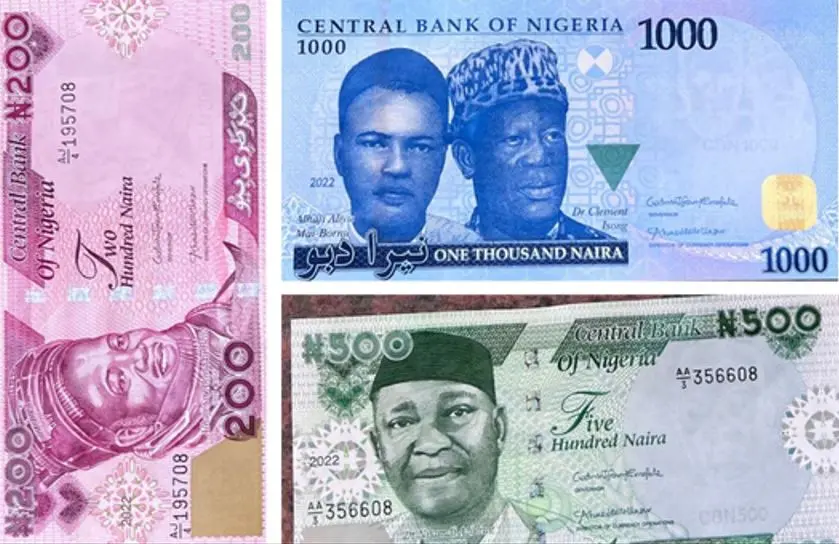The Year Nigeria Started Using Naira and Kobo
Have you wondered the year when Nigeria started using the Naira and Kobo? Or whose picture are put on the Naira notes denominations? all these are contained in this article.

What year did Nigeria start using Naira and Kobo?
Nigeria started using Naira (₦) and Kobo (k) as its official currency in the year 1973 under the General Yakubu Gowon military regime. This signaled the end of the use of the Pound sterling and pence brought by the colonail masters.
The date Nigeria’s own indigenous currency was issued was in 1973 by the Central Bank of Nigeria.
Prior to that, the colonial masters set up the West African Currency Board in 1912 to issue our former currency notes in Nigeria to make trading easier.
The money issued then were the Pounds sterling (£), Shilling (s) and Pence (d) as the country official legal tender. Prior to the introduction of the Naira or the pounds, cowries and manilas were used for trading between buyers and sellers.
Trade has been an important facet of every community or society. This is because no man can have it all. In ancient times, trade was simply carried out by two persons exchanging items. This birthed the term ‘trade-by-barter’. The use of paper currency came about as society developed, which made the value of money increase and trading more easier.
After the withdrawal of the Pounds sterling, to show our independence, the new currency introduced had both Naira and kobo divisions, The ₦ symbol was used to denote the naira, while the ‘k’ served as a sign for the kobo denomination in coins. NGN served as the code.
The exchange rate currently states that 100 kobo equaled one naira note (₦1) while (₦1) equaled 100 kobo. Before independence, the exchange rate of naira (₦) to pounds (£) was two naira (₦2) to one pound (£1).
The unique features of the various naira notes is the colour and past leaders inscribed on it by the CBN. For example, the ₦200 note has the face of the former Sarduna of Sokoto, Alhaji Usman Dan Fodio.
The list of newly released legal tender which has phased out were in notes and coins. They included the ₦1 note, while the coins introduced were 1/2k, 1k, 5k, 10k and 25k.
As of today, the following denominations are in use. We have also listed the names of various past leaders on the pictures of the naira notes which is Nigeria’s indigenous currency.
Five Naira – Alhaji Tafawa Balewa
Ten Naira – Alvan Ikokwu
Twenty Naira – Gen. Murtala Mohammed
Fifty Naira – Wazobia (picture of the major ethnic groups in Nigeria)
One Hundred Naira – Chief Obafemi Awolowo
Two Hundred Naira – Sir Ahmadu Bello
Five Hundred Naira – Dr. Nnamdi Azikwe
One Thousand Naira – Dr. Clement Issong and Alhaji Mai Borno
According to Wikepedia, these are dates when these notes listed above were introduced “In 1973, the Central Bank of Nigeria introduced notes for 50 kobo, 1, 5, 10 and 20 naira. The 50 kobo notes were last issued in 1989. In 1991, 50 naira notes were issued, followed by 100 naira in 1999, 200 naira in 2000, 500 naira in 2001 and 1000 naira which is the highest denomination was introduced in 2005″.

